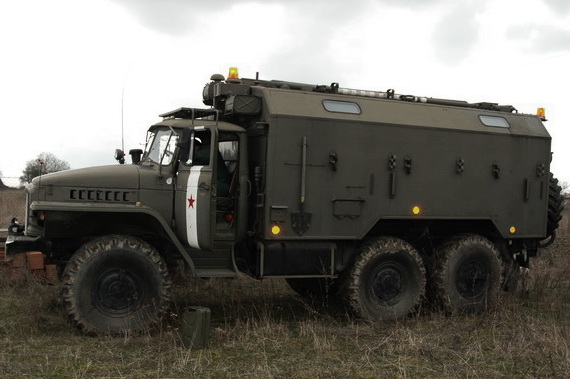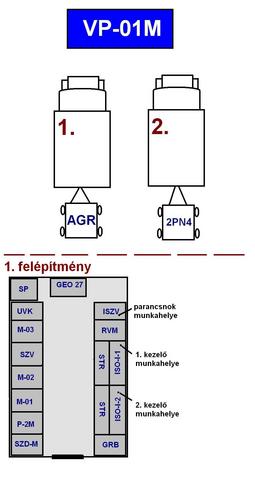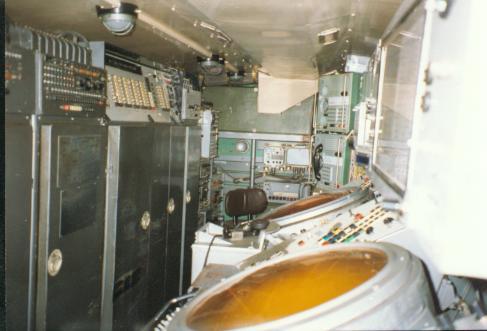I served as a conscript in the Hungarian People's Army in 1981, at the tender age of 18, as a lowly private.
Like many other engineering students, I was not used as mere cannon fodder. Instead, I was trained as a radar operator. More specifically, as a workstation operator, sitting at a workstation in a VP-01M command vehicle, which received signals from several radar instruments (two distance/direction finders and one altitude measurement instrument, to be precise.) The vehicle's vacuum tube (!) electronics allowed us to designate targets on the radar screen using a trackball-like device and an alphanumeric keypad; position information from our screens was transmitted over a 60-baud data connection to an upper-level unit.
The command vehicle was an Ural-375 truck, much like this one:

The space inside the cabin was rather crammed, as shown in this photo and diagram:


What these pictures do not reveal is just how insanely hot it could get inside these vehicles, with electrical equipment consuming several kilowatts of power continuously.
There is surprisingly little information on the Internet about the VP-01M and related Soviet-era military hardware. The most detailed information that I found was in the form of two Hungarian-language forum posts (http://forum.index.hu/Article/viewArticle?a=66379839 and http://forum.index.hu/Article/viewArticle?a=66305268) that appeared on the Hungarian news portal index.hu.
Our unit was a peacetime operating unit, monitoring the airspace over Hungary as part of the nation's peacetime air defense network. Our instruments, while technically mobile, were situated inside bunkers in semi-permanent installations. Since we were radiating copious amounts of radio frequency energy, our location was probably known very accurately to our potential adversaries. This is why, when my commanding officer once asked me what I would do in the case of a real-life alert and I told him that I'd run like crazy (though I'd have the decency to first warn others so that they could run, too), he just smiled sadly. He knew as well as I did that in the case of real war, our first indication of it would have been, most likely, a set of precision bombs destroying everything. Thankfully, that war never came, and I was able to get out of my uniform after a little less than a year of service, never to wear military gear, ever again.


